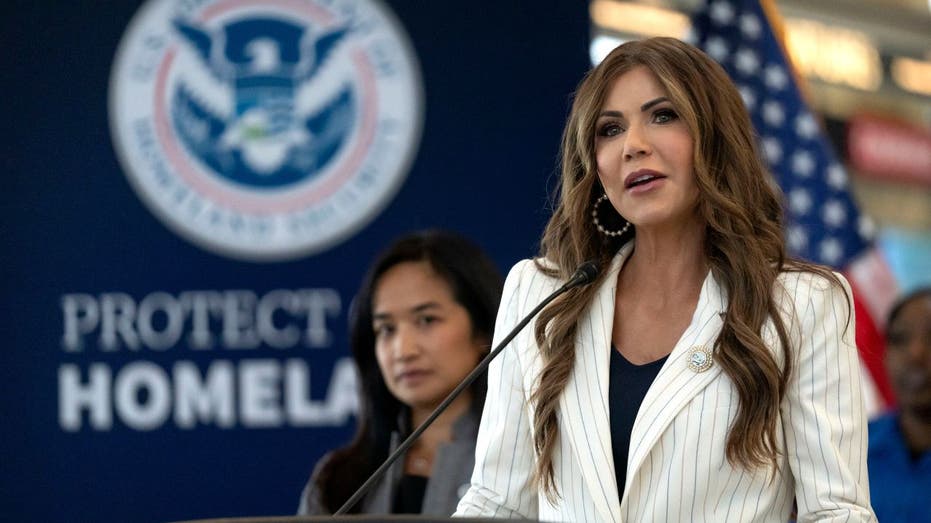A significant shift is underway in how the United States tracks the movement of people across its borders. New regulations, set to take effect soon, will require photographs of nearly all foreign nationals – even those with permanent residency – upon both entering and leaving the country.
Currently, facial recognition technology is utilized at many airport security checkpoints. This new policy dramatically expands that reach, encompassing every point of entry and exit, including land crossings and seaports. The aim is a more comprehensive biometric screening program, designed to bolster verification processes and combat fraudulent documentation.
The updated regulations explicitly authorize the Department of Homeland Security to require photographs from all individuals who are not U.S. citizens. This includes the collection of additional biometric data from non-exempt foreign nationals, marking a substantial increase in the scope of border monitoring.
Previously, certain age groups were exempt from biometric screening due to technological limitations. Those exemptions have now been lifted. Travelers younger than 14 and those over 79 will no longer be excluded from facial recognition scans.
The rationale behind removing the age exemptions centers on advancements in biometric technology. Internal studies conducted by Customs and Border Protection indicate that facial recognition accuracy is now reliable across all age groups. The technology’s role has evolved beyond simply checking criminal history, now serving as a crucial tool for identity verification and preventing the trafficking of vulnerable individuals.
Officials emphasize that the expanded biometric program is not solely focused on law enforcement. It’s presented as a vital step in strengthening border security and ensuring the accurate identification of travelers. The policy aims to create a more robust system for managing identities and preventing illicit activities.
The implementation of this rule represents a continuation of efforts to enhance border surveillance and tighten entry requirements. It signals a broader strategy focused on increased monitoring and control of international travel.
The new regulations are scheduled to go into effect in the coming weeks, initiating a new era of biometric data collection at U.S. borders. This change will impact millions of international travelers each year.





